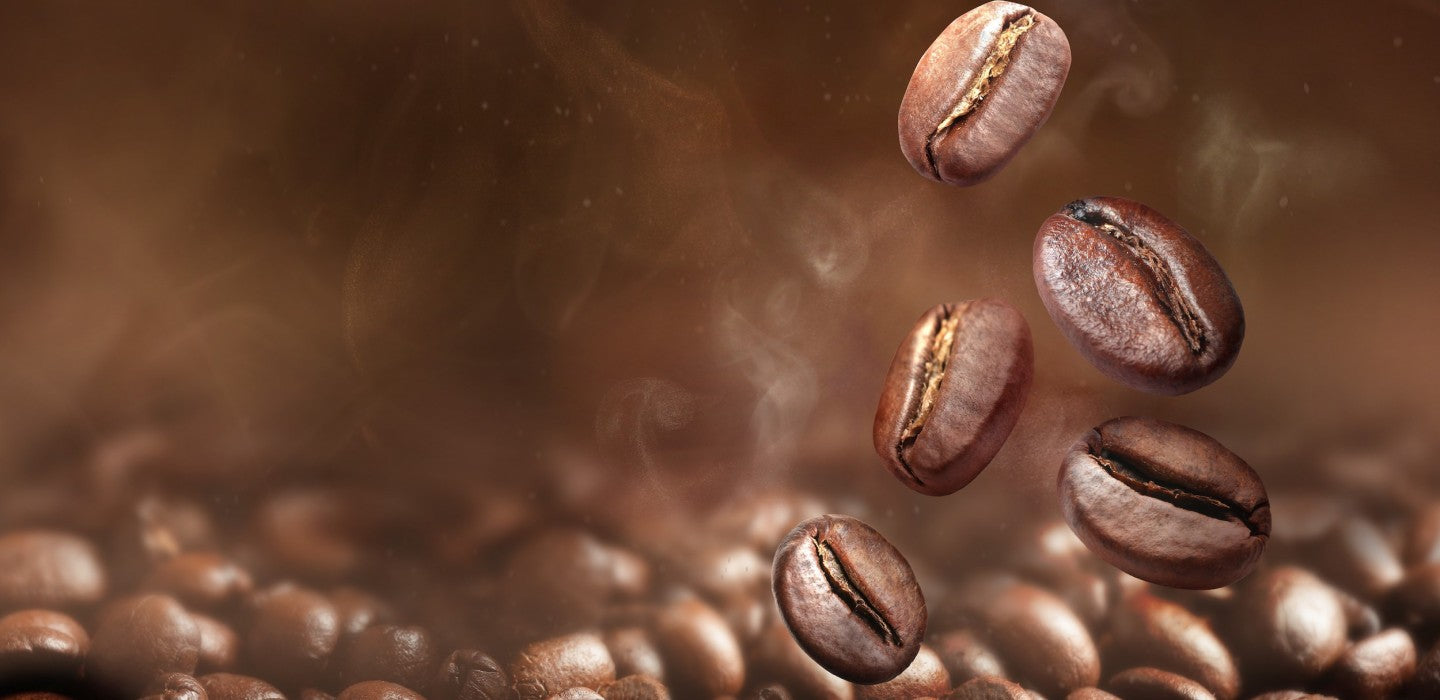Aroma Compounds: The Science Behind Coffee Aroma
In our homes, cafes, and hearts, coffee holds a ubiquitous presence. A cup of coffee enthralls our taste buds with a medley of flavors originating from a detailed blend of aromatic substances. These substances, termed 'aroma compounds', are chemical ingredients chiefly accountable for the taste of food and the smell we perceive.
The Formation and Classification of Aroma Compounds
Irrespective of the classification, all aroma compounds compile to form the characteristic aroma that we recognize and appreciate. Amid a myriad of aroma compounds found in nature, approximately 2,500 are utilized in producing flavors. Intriguingly, coffee, known for its myriad of taste profiles, encompasses nearly 800 distinct aroma substances.
Speaking in terms of classification, aroma compounds can broadly divided into three categories: natural, nature-identical, and artificial.
Natural aroma substances originate from either plant or animal sources. Therefore, the aroma substances in coffee beans are considered natural. These compounds can be obtained by a variety of methods, including physical, enzymatic, or microbiological processes. Similarly, chemical solvents and extraction methods contribute significantly to the production of natural aroma compounds. In coffee, such substances are water-soluble, making the hot-water preparation method an effective means of taste extraction.
Aroma Compounds in Coffee: An Insight into Their Creation
Green, unrasted coffee beans encompass an array of constituents, the most prevalent being chlorogenic acid. As the beans undergo a roasting process, the heat eventually breaks down a considerable amount of these ingredients. Consequently, assortment of new compounds form, including the aroma substances distinctive to coffee.
In this transformative process, the longer the coffee beans roast, the more aroma compounds emerge, eventually framing the taste profile of the coffee. The roasting process is, therefore, a pivotal step in determining the final flavor.
Retention of Aroma Compounds in Coffee
To capture the full essence of the coffee aroma, needs to ensure that the right storage conditions are met. An optimum approach to aroma retention lies in storing coffee as whole beans instead of in ground form.
Further, the coffee should also be shielded from unwanted exposure to factors like moisture, heat, and notably oxygen. An aroma valve-equipped packaging, for example, serves aptly to preserve the aroma substances efficiently.
In conclusion, aroma compounds act as integral components shaping the essence and richness of coffee's taste. They captivate our senses through the alluring bouquet of flavors they consistently render, nestling within the warm embrace of our coffee cups. The scents, textures, and tastes they unleash within each brew stand a testament to coffee's vast sensorial symphony, perpetually carving an imprint in our minds and hearts with every sip.



Leave a comment
This site is protected by hCaptcha and the hCaptcha Privacy Policy and Terms of Service apply.